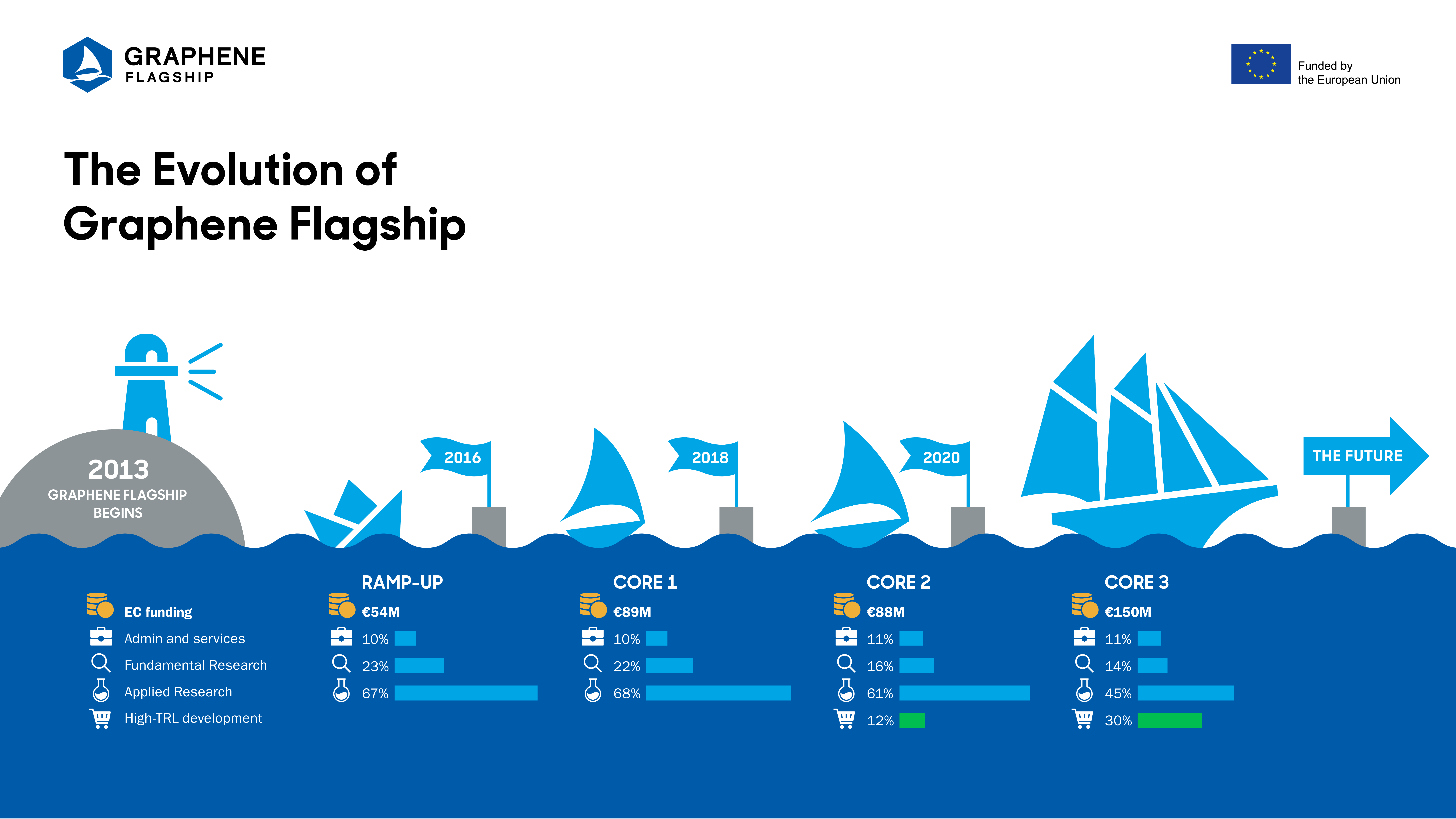The European Union's Graphene Flagship program has successfully concluded its extensive research on graphene, unveiling a myriad of potential products without discernible immediate risks.
Amidst the scientific community's anticipation, the project's completion marks a significant stride in the realm of graphene applications. The initiative, spearheaded by the EU, delved into the diverse possibilities of graphene, a single layer of carbon atoms arranged in a hexagonal lattice, known for its remarkable properties.
Graphene, touted as a revolutionary material, possesses unparalleled strength, electrical conductivity, and flexibility. The EU Graphene Flagship, a collaborative effort involving experts from various fields, explored the material's potential across industries ranging from electronics to healthcare.
One notable breakthrough lies in the electronics sector, where graphene-based components showcase enhanced performance and energy efficiency. The research team successfully developed prototypes of advanced electronic devices, pointing towards a future where graphene could redefine the landscape of consumer electronics.
Moreover, the healthcare sector stands to benefit significantly from the graphene research. The material's biocompatibility and conductivity open avenues for innovative medical devices and diagnostics. Researchers envision the development of graphene-based sensors and implants that could revolutionize patient monitoring and treatment.
In the automotive industry, graphene's lightweight and robust nature offer promising applications. The EU initiative explored the integration of graphene into vehicle components, aiming to enhance structural integrity while reducing overall weight, ultimately contributing to fuel efficiency.
Despite the promising outlook, the research diligently assessed potential risks associated with graphene applications. The comprehensive analysis concluded that there are no immediate acute dangers linked to the use of graphene in the explored applications. This finding is crucial for industries and consumers alike, alleviating concerns that may arise when adopting innovative materials.
As the EU Graphene Flagship brings its research phase to a close, industries and researchers eagerly anticipate the integration of graphene into practical applications. The collaborative effort has not only expanded the understanding of graphene's potential but has also laid the groundwork for future innovations that could shape various sectors.
The successful completion of the Graphene Flagship project underscores the EU's commitment to fostering scientific advancements with real-world implications. The initiative aligns with the EU's broader strategy to position itself at the forefront of technological innovation, emphasizing sustainability and competitiveness.
In terms of distance, the impact of the EU Graphene Flagship extends beyond borders, with global implications for industries seeking to leverage graphene's transformative properties. As the research findings are disseminated, collaborations between European and international entities are expected to intensify, further propelling graphene-based technologies into the mainstream.
In conclusion, the culmination of the EU Graphene Flagship project marks a pivotal moment in the trajectory of graphene research. The diverse applications showcased during the initiative's tenure hint at a future where graphene plays a central role in shaping technological landscapes across various sectors.

